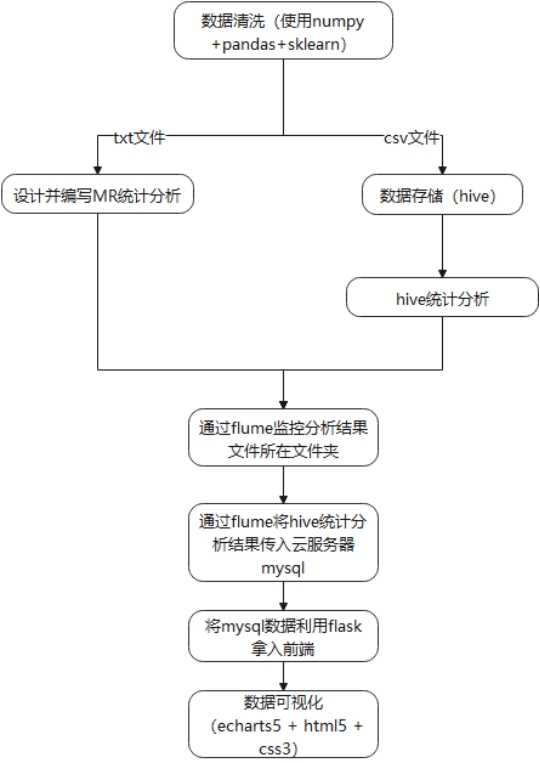IF( Test Condition, True Value, False Value )
The IF condition evaluates the “Test Condition” and if the “Test Condition” is true, then it returns the “True Value”. Otherwise, it returns the False Value.
Example: IF(1=1, 'working', 'not working') returns 'working'
COALESCE( value1,value2,... )
The COALESCE function returns the fist not NULL value from the list of values. If all the values in the list are NULL, then it returns NULL.
Example: COALESCE(NULL,NULL,5,NULL,4) returns 5
CASE Statement
The syntax for the case statement is:
CASE [ expression ]Here expression is optional. It is the value that you are comparing to the list of conditions. (ie: condition1, condition2, ... conditionn).
WHEN condition1 THEN result1
WHEN condition2 THEN result2
...
WHEN conditionn THEN resultn
ELSE result
END
All the conditions must be of same datatype. Conditions are evaluated in the order listed. Once a condition is found to be true, the case statement will return the result and not evaluate the conditions any further.
All the results must be of same datatype. This is the value returned once a condition is found to be true.
IF no condition is found to be true, then the case statement will return the value in the ELSE clause. If the ELSE clause is omitted and no condition is found to be true, then the case statement will return NULL
Example:
CASE FruitThe other form of CASE is
WHEN 'APPLE' THEN 'The owner is APPLE'
WHEN 'ORANGE' THEN 'The owner is ORANGE'
ELSE 'It is another Fruit'
END
CASE
WHEN Fruit = 'APPLE' THEN 'The owner is APPLE'
WHEN Fruit = 'ORANGE' THEN 'The owner is ORANGE'
ELSE 'It is another Fruit'
END








 已为社区贡献1条内容
已为社区贡献1条内容

所有评论(0)